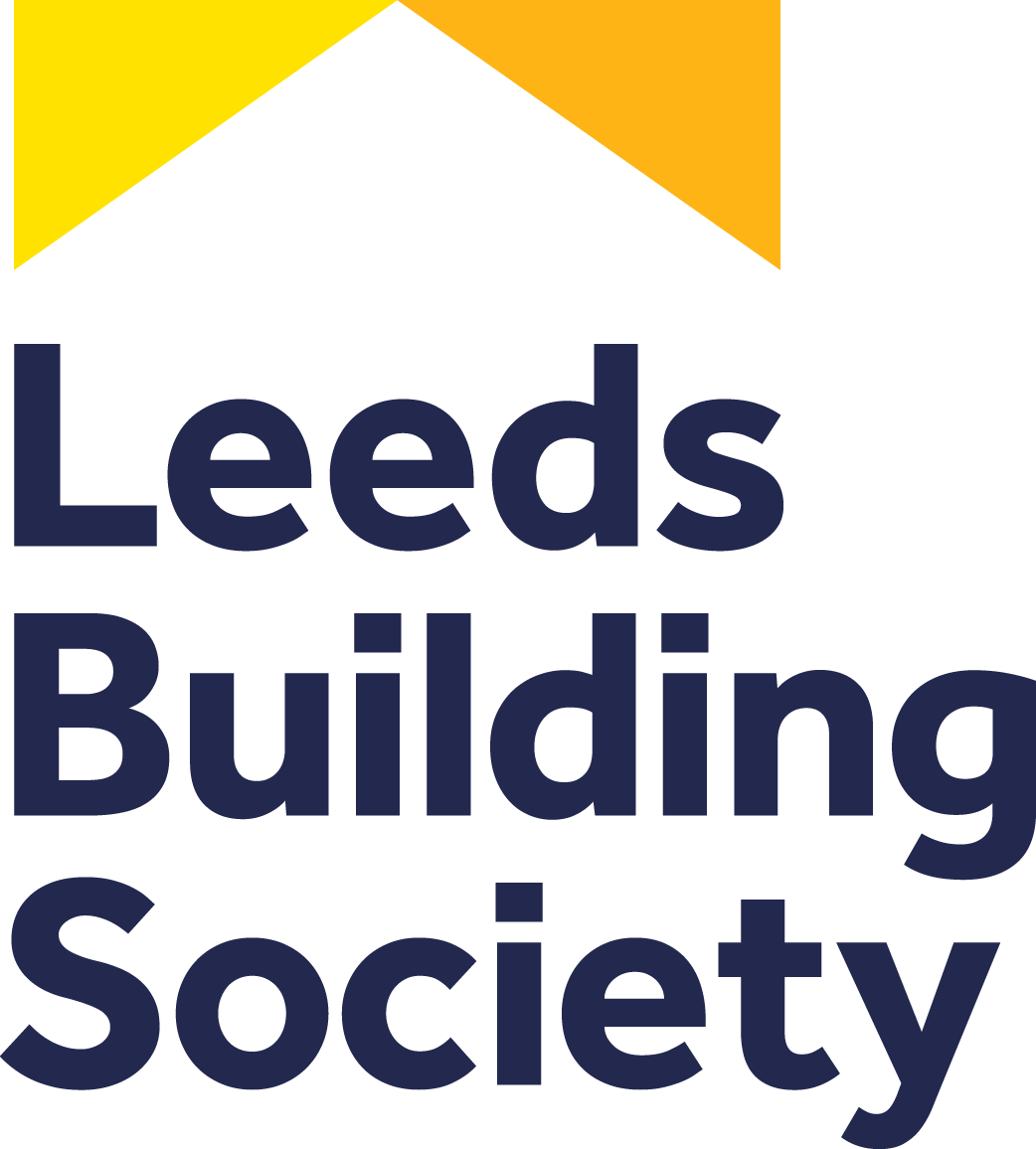
2 min read
Find out about self-build mortgages and how they work. They can be complicated though, so get in contact and one of our experts can answer any queries you have.

Last updated: 6 January 2022
What is a self-build mortgage? As the name suggests, a self-build mortgage is a loan you take out to fund a property you are building yourself. The main difference from a standard residential mortgage is that you receive the funds in stages as parts of the build are finished, rather than as a single lump sum.
A self-build can be done in two ways. There’s the DIY route, where you do most of the work yourself and use skilled tradesman like plumbers and electricians only where necessary. The alternative is to manage the process and employ a surveyor, an architect and various tradesmen who do most of the work on your behalf. You can even arrange for a contractor to manage the whole project for you.
Whichever route you choose, you won’t be able to fund it with a standard residential mortgage; projects like this require what’s known as a self-build mortgage.
Most lenders require you to own the land before applying for the mortgage but there are some exceptions, out expert advisers will be able to help guide you on this.
Where traditional mortgages will release funds in one lump sum upon completion a self-build mortgage usually releases funds at stages throughout the build.
Each lender normally has different stages at which they will pay out portions of your mortgage but a typical example would be-
Stage 1- Foundations
Stage 2- Floor level
Stage 3- Roof
Stage 4- Completion and building control sign off
Lenders will normally ask for architects sign off or a valuation at each stage before they release the payment.
Although, typically you don’t need a deposit for a self-build (dependant on the projected value of the finished property), you often need the fund to get the property to stage 1.
Typically, lenders ask for more paperwork for a self-build than a traditional mortgage but each have different criteria and it can depend on how you are going to do the build.
Some common supporting documents you may be asked to provide are-
You’ll also need to consider where you are going to live during the build and how you will fund it, as well as potential contingency funds if the build goes above budget.
It’s best to speak to an adviser as early as possible, to help you decide your affordability when considering you home design and to get more information at an early stage. Contact us today to start your self-build journey.
Your home or property may be repossessed if you do not keep up repayments on your mortgage.
Our team are here to answer your questions, explore your options and help you find the solution to your mortgage and protection needs..

By Phone
028 9042 8000
By Email
Have an initial look at some mortgage options, you can discuss these with one of our expert advisers who have top industry knowledge to help you navigate the mortgage minefield.
CompareUse our simple mortgage calculator to see how much you could potentially borrow. Remember this is indicative only, speak to an expert adviser for a full calculation, specific to you.
Learn moreIt is important to consider other costs. Stamp Duty is a tax you might have to pay if you buy a residential property or a piece of land in England and Northern Ireland. Use our calculator to find out how much this may cost.
Learn more







